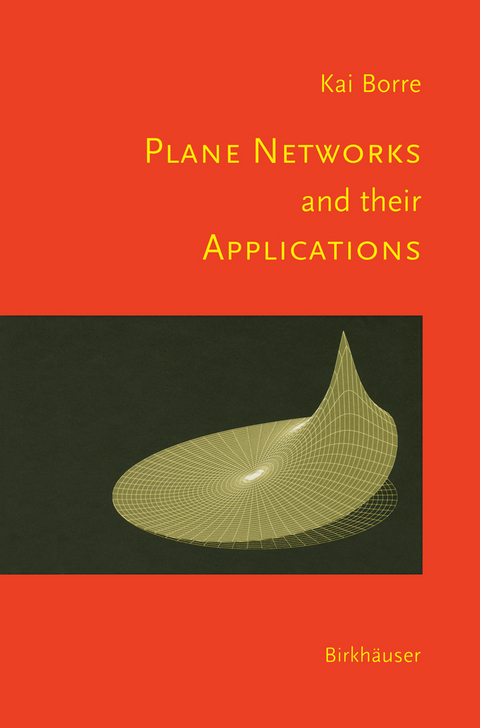
Plane Networks and their Applications
Springer-Verlag New York Inc.
978-1-4612-6642-6 (ISBN)
Surely most geodesists have been occupied by seeking optimal shapes of a net work. I'm no exception. This book contains the more fruitful results on the topic. No matter how you choose to understand the adjective "optimal," it is no doubt useful as a beginning to understand error propagation in various types of net works. Basically, geodesists are familar with the actual, discrete network. So this book brings together some elementary means of analyzing networks with a few hundred points. The effectofchanging boundary conditions is especially studied. The variance propagation in the network is derived from covariance matrices. During a symposium in Oxford in 1973 geodesists were asking: Is it possible to create a special theory for geodetic networks? The key is that geodetic networks share a fundamental characteristic: The connections are local. Observations are taken between neighbors. The underlying graph has no edges connecting distant points. And we can obtain stable information about the global problem for the whole network by solving a simpler problem for a local neighborhood within the network. This bookalso deals with networktheory in acontinuousmode. When the num ber of points becomes very large, it is natural to look for a substitute for the dis crete method. The fruitful transition from discreteness to continuum is to let the distance between points tend to zero and at the same time boundcertain functions. A major step is to redefine the weights for all observationsas weightperunitarea.
1 Introduction.- 1.1 Description of the Discrete Model.- 1.2 Description of the Continuous Model.- 1.3 Variance Propagation.- 2 Discrete Approach.- 2.1 Motivation for the Study.- 2.2 Basic Matrix of Leveling.- 2.3 Regular Traverse.- 2.4 Varying the Boundary Conditions.- 2.5 Variance Propagation.- 2.6 Asymptotic Behavior of the Node Variance.- 2.7 On the Smoothness and Roughness of the Eigenvectors.- 2.8 Green’s Formula for Plane Trigonometric Networks.- 3 Continuous Approach.- 3.1 Leveling Networks.- 3.2 Advanced Error Analysis.- 3.3 Plane Elastic Continuous Networks: A Heuristic Exposition.- 3.4 Distance Networks.- 3.5 Estimates of the Weighted Square Sum of Residuals: the Korn Inequality.- 4 Networks with Relative Observations.- 4.1 Dealing with Relative Observations.- 4.2 Fundamental Solution.- 4.3 Solution of the Boundary Value Problem.- 5 Spectrum.- 5.1 Spectral Density of the Discrete Laplacian.- 5.2 Spectral Distribution Function N(?).- 5.3 Additional Remarks on the Spectral Properties of Geodetic Networks.- 6 Simple Applications.- 6.1 Stiffness Matrix in Practice.- 6.2 Displacement Functions given a Priori.- 6.3 Merging of Digitized Maps.- 6.4 Interpolation of Discrete Vector Field: Cubic Splines.- Author Index.
| Zusatzinfo | XIII, 170 p. |
|---|---|
| Verlagsort | New York |
| Sprache | englisch |
| Maße | 155 x 235 mm |
| Themenwelt | Mathematik / Informatik ► Mathematik ► Algebra |
| Mathematik / Informatik ► Mathematik ► Analysis | |
| Mathematik / Informatik ► Mathematik ► Angewandte Mathematik | |
| Mathematik / Informatik ► Mathematik ► Geometrie / Topologie | |
| Naturwissenschaften ► Geowissenschaften ► Geophysik | |
| Technik ► Maschinenbau | |
| ISBN-10 | 1-4612-6642-4 / 1461266424 |
| ISBN-13 | 978-1-4612-6642-6 / 9781461266426 |
| Zustand | Neuware |
| Informationen gemäß Produktsicherheitsverordnung (GPSR) | |
| Haben Sie eine Frage zum Produkt? |
aus dem Bereich


